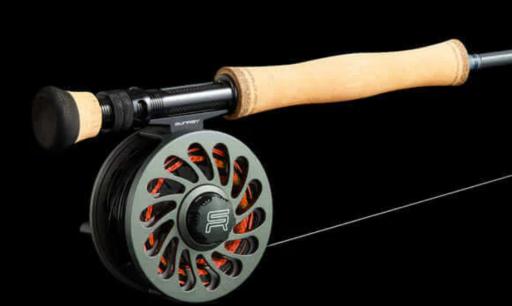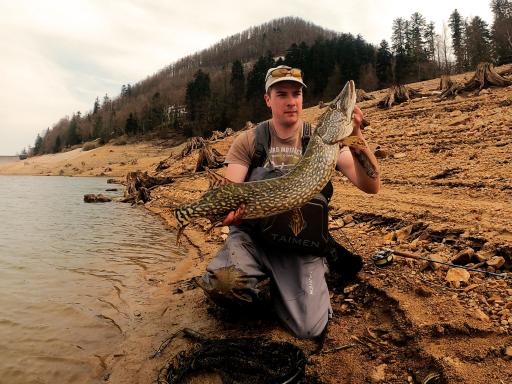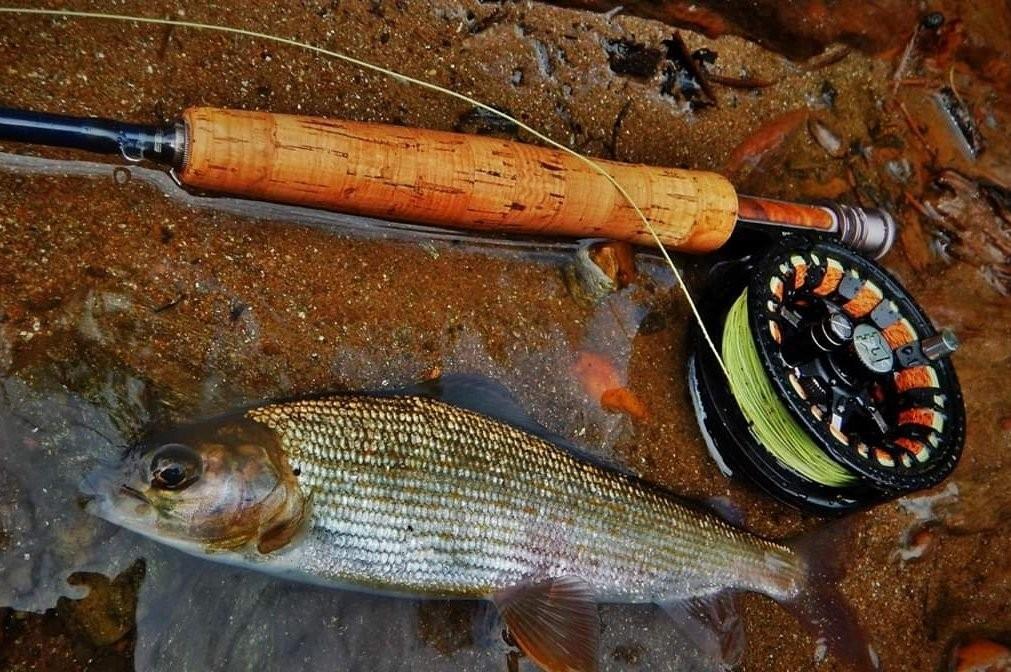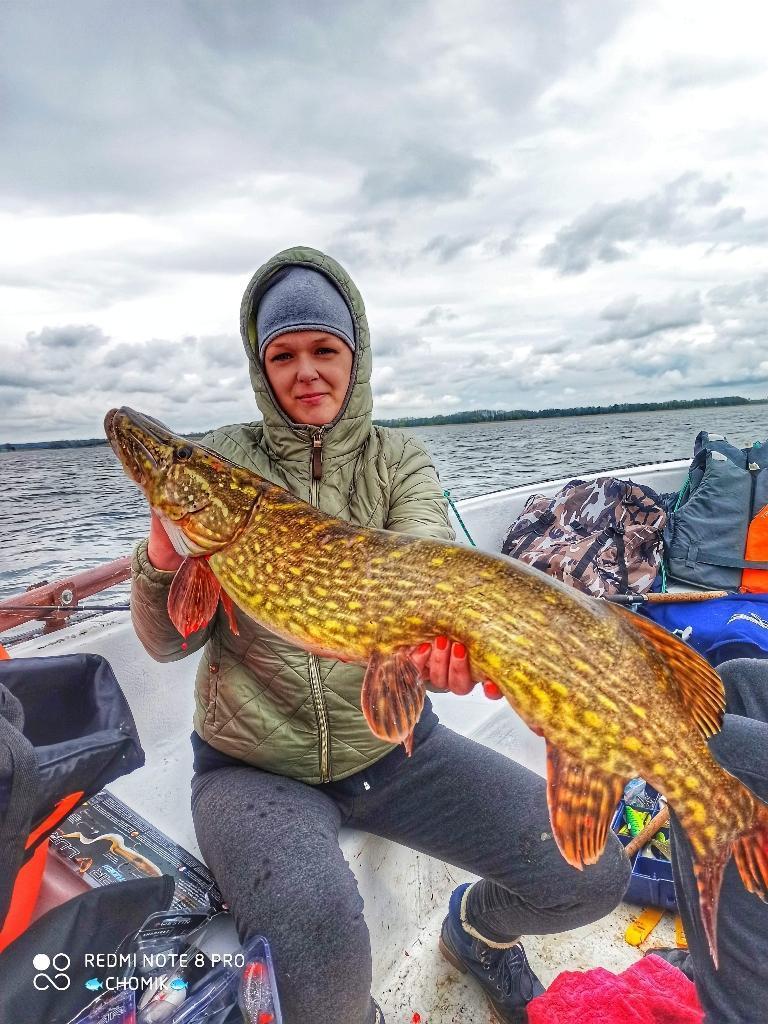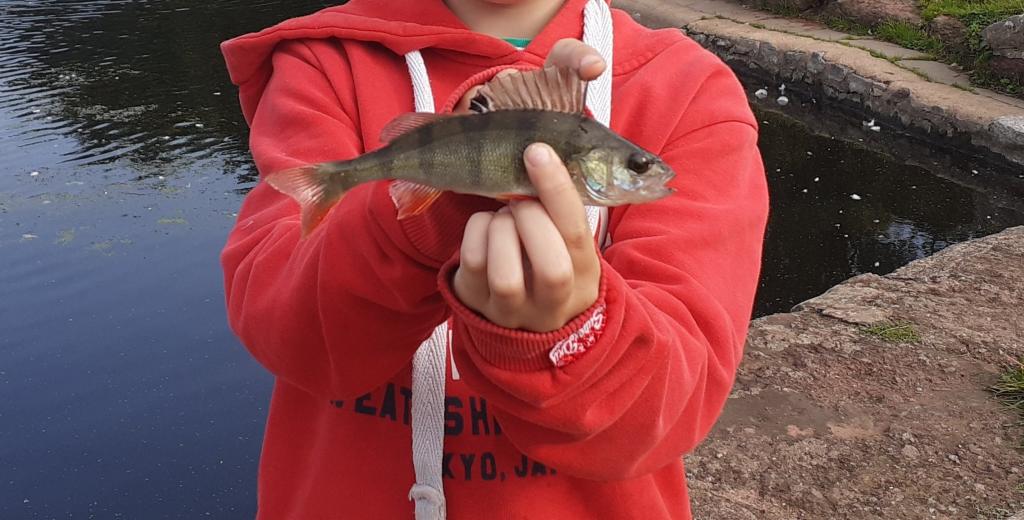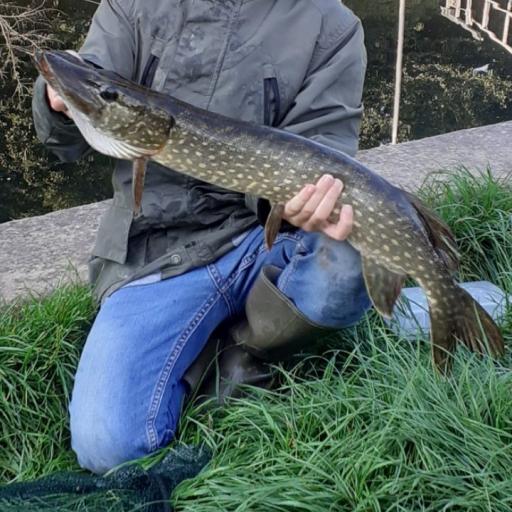Dry fly fishing is considered at the top of fly fishing techniques.
There is nothing more exciting than seeing a trout rise from the water to take a carefully placed fly off the surface. But dry fly fishing has its own challenges for people who are just starting out.
We cover some basic tips to help you get started.
Understanding Dry Flies
Before we go into the techniques, you need to know what dry flies are and when to use them.
Dry flies are made to float on the water's surface and look like adult bugs that have fallen into the water, like mayflies, caddisflies, midges, or other bugs that live on land.
Most of the time, trout will be looking up and feeding on the surface when insects hatch or when there’s enough insect movement in the water.
To be successful, you must match the hatch by using the right dry fly pattern for the insects that are active at the moment.
Gear for Dry Fly Fishing
Even though you don’t need special gear to dry fly fish, these things will make your life easier:
- Fly Rod: For most trout fishing situations, a 9-foot, 5-weight rod will work. Finding a rod with a moderate or slow action will help you make delicate presentations.
- Fly Line: You should use a lightweight floating line made for the same line weight as your rod. That’s needed to keep your dry flies on the water.
- Leaders and Tippet: Leaders and tippets for dry fly fishing need to be lighter and less obvious. A tapered 9-foot leader with a 5X or 6X tippet is a good place to start.
- Dry Fly Floatant: A quality floatant is necessary for keeping your flies riding high on the water's surface.
- Fly Box: Bring a lot of different dry fly patterns in sizes 12 to 20, such as mayfly, caddis, midge, and terrestrial patterns.
Presenting the Dry Fly
Proper presentation is everything with dry flies. You want your fly to land softly on the water with no disturbance and then drift naturally in the same style as a real insect.
- - Trout are easily spooked, so approach the water quietly and keep a low profile. Don’t let your shadow fall across the water.
- - Use a reach cast to keep your fly line off the water and control drag. During the forward cast, reach the tip of the rod toward your target and let the fly land softly first.
- - Mending the line by lifting or throwing slack upstream/downstream is necessary for a drag-free drift. Have a close watch on currents and mend as needed.
- - Allow your fly to drift completely through the target area before lifting to recast. When there is a break in the drift that could mean a strike, set the hook firmly.
Reading the Water
Knowing where to present your dry fly is just as important as the way you present it. Look for trout eating bugs that are floating on the water to find good spots to fish. Also, keep an eye out for pockets along the bank, current seams, eddies, and other places where trout might be holding and looking up for food.
Mastering the Drift
To be successful with a dry fly, you need to get a perfect drift that looks like the insect you are trying to imitate.
It takes practice to get good at line control through reach casts, mending, and reading the currents, but it will pay off in a big way.
Sunray Fly Fish, based in the UK, designs high-quality fly fishing gear such as rods and lines for excellent fishing experiences. They prioritize eco-friendly options with lighter rods and barbless hooks. Sunray also offers in-depth fly casting classes to improve anglers' skills.

